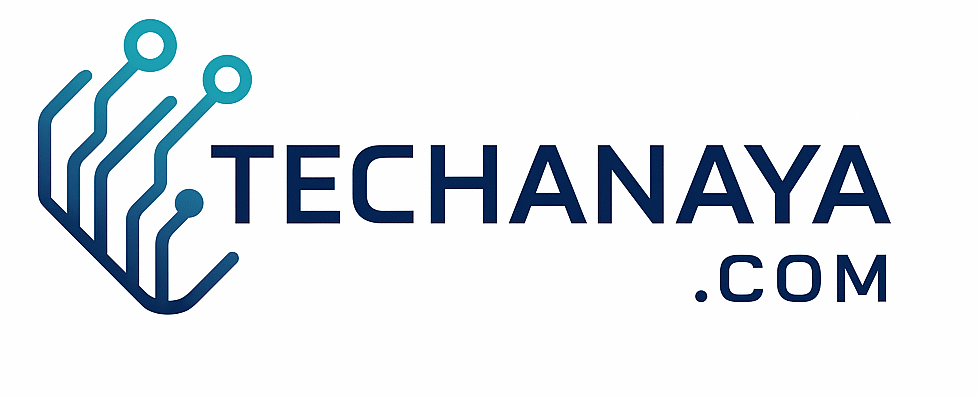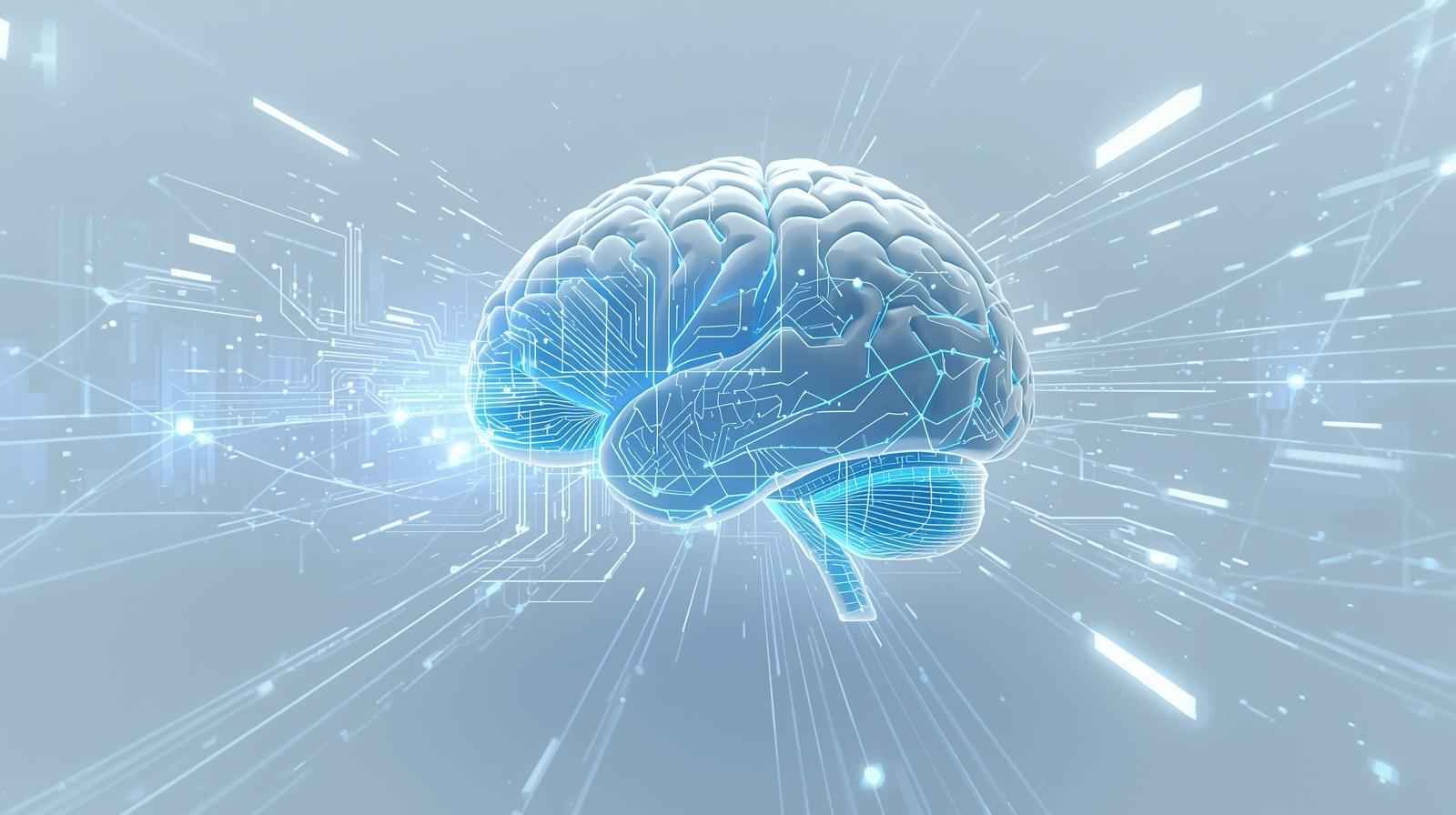AK Technology
Let’s face it , technology doesn’t just change our world; it rewires how we think, connect, and create. Every decade introduces a concept that shifts everything we thought we knew. Today, one of those game, changers is AK Technology , a term echoing across industries, from smart automation to digital intelligence. What’s fascinating is how quickly it’s moving from theory to real-world transformation, shaping the way data, machines, and humans interact in smarter, more adaptive ways.
I first heard about AK Technology while working on a digital transformation project in 2023. A partner company mentioned it as part of their next-gen system for predictive automation. I remember thinking it sounded like another tech buzzword , until I saw the results. Processes that once took hours ran in minutes. Decisions became more accurate. And the insights? They were almost uncanny. That’s when I realized AK Technology wasn’t just another acronym; it was an evolution.
In this article, you’ll learn what AK Technology really is, how it works, and why it’s being called the “intelligent bridge” between human reasoning and artificial efficiency. We’ll break down its structure, explore its semantic roots, and understand how it integrates across industries. By the end, you’ll know exactly why experts believe AK Technology could redefine automation, knowledge systems, and even the way AI learns.
So, grab your digital coffee , because this isn’t another high-tech hype story. It’s a deep dive into how innovation meets intelligence, and how AK Technology might just become the next big leap in the digital revolution.
Featured Snippet (Quick Answer)
AK Technology refers to a modern system that combines Artificial Intelligence (AI) with Knowledge-based algorithms (K-based systems) to enhance automation, decision-making, and adaptive learning. It bridges human-like reasoning with data-driven intelligence, improving accuracy, speed, and scalability across industries like healthcare, finance, manufacturing, and education.
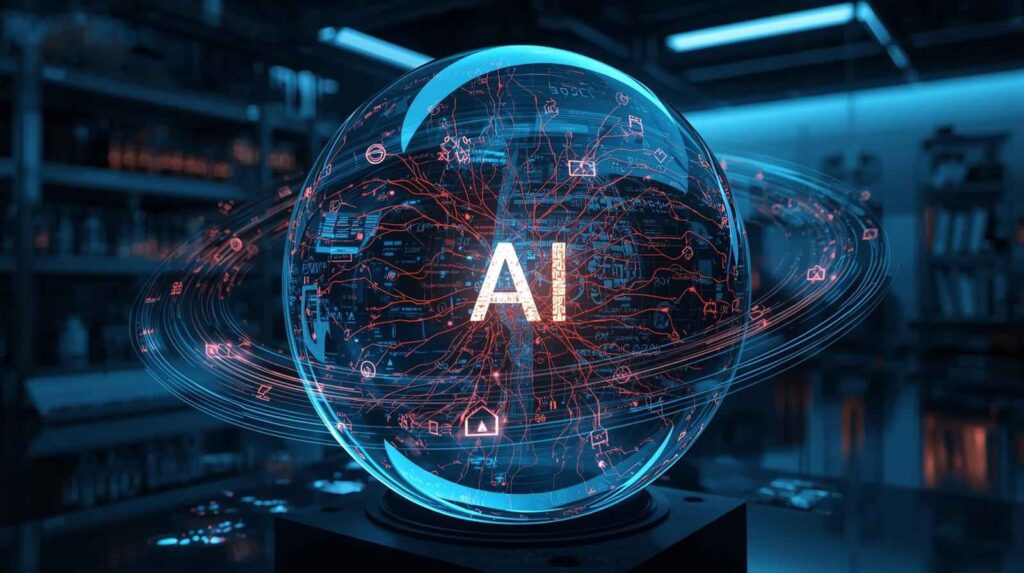
Understanding AK Technology
What Is AK Technology?
AK Technology, short for Artificial Knowledge Technology, represents a hybrid model where AI algorithms are infused with knowledge-engineered logic. Unlike traditional automation systems that follow pre-coded instructions, AK Technology learns contextually , it understands the “why” behind actions, not just the “how.”
Think of it as the meeting point between Artificial Intelligence (AI) and Knowledge Systems (KS) , where data patterns meet domain expertise. The technology doesn’t just store information; it interprets meaning. This makes it ideal for industries requiring precision, contextual understanding, and adaptive intelligence.
The Core Components
- AI Engine – Handles prediction, pattern recognition, and automation.
- Knowledge Framework – Stores human logic, rules, and reasoning patterns.
- Learning Layer – Continuously evolves through user feedback and contextual learning.
- Integration Interface – Connects with external databases, IoT devices, and enterprise software.
Together, these components make AK Technology capable of self-improvement, something classic automation never achieved.

Linguistic and Conceptual Aspects
Semantically Relevant Terms
AK Technology connects concepts like adaptive intelligence, knowledge modeling, contextual computing, and semantic AI. These semantic ties show that it’s not limited to a single function , it’s a framework for meaning-driven intelligence.
Lexical and Etymological Context
Linguistically, “AK” stems from “Artificial Knowledge.” The term blends artificial (machine-generated) with knowledge (human-derived understanding). Its evolution shows a shift in focus: from simple automation to meaning-aware computing.
Polysemy and Meaning Layers
Interestingly, AK Technology can represent different ideas depending on context. In engineering, it refers to knowledge-driven automation; in data science, it often implies adaptive kernel systems; and in education tech, it may mean augmented knowledge delivery. This polysemy makes it a flexible, future-proof concept.

Exploring AK Technology in Depth
Hyponyms and Hypernyms
- Hyponyms (Subcategories): Adaptive AI Systems, Knowledge Graph Engines, Self-Learning Networks.
- Hypernyms (Broader Category): Cognitive Computing, Artificial Intelligence.
This classification shows that AK Technology sits under the broader umbrella of AI but specializes in knowledge-based decision logic.
Holonyms and Meronyms
- Holonym (Whole): Digital Ecosystems.
- Meronyms (Parts): Data Nodes, Rule Sets, Learning Modules, Semantic Layers.
Each part plays a crucial role , together forming an ecosystem that mimics cognitive processes.
Synonyms and Antonyms
- Synonyms: Smart Knowledge Systems, Contextual AI, Cognitive Integration.
- Antonyms: Rule-only Automation, Static Algorithms.
Where traditional systems react, AK Technology adapts , making it the opposite of rigid, rule-based models.

Contextual and Semantic Associations
Collocations and Connotations
Common pairings include AK Technology platforms, intelligent automation, enterprise AI, and semantic computing. The connotation is futuristic, intelligent, and innovative , evoking a sense of evolution and sophistication.
Semantically Related Entities
AK Technology relates to machine learning, neural networks, natural language processing, and knowledge graphs , all elements within its digital DNA.

Attributes and Characteristics
Common Attributes
- Adaptive
- Context-aware
- Scalable
- Data-integrative
- Learning-oriented
Rare Attributes
- Emotion recognition logic
- Self-correcting cognitive cycles
- Human-mimic reasoning patterns
Unique Attributes
- Combination of symbolic reasoning and sub-symbolic AI
- Knowledge-based explainability (the “why” behind actions)
- Real-time adaptive response
These features make AK Technology distinct , it doesn’t just analyze; it understands.
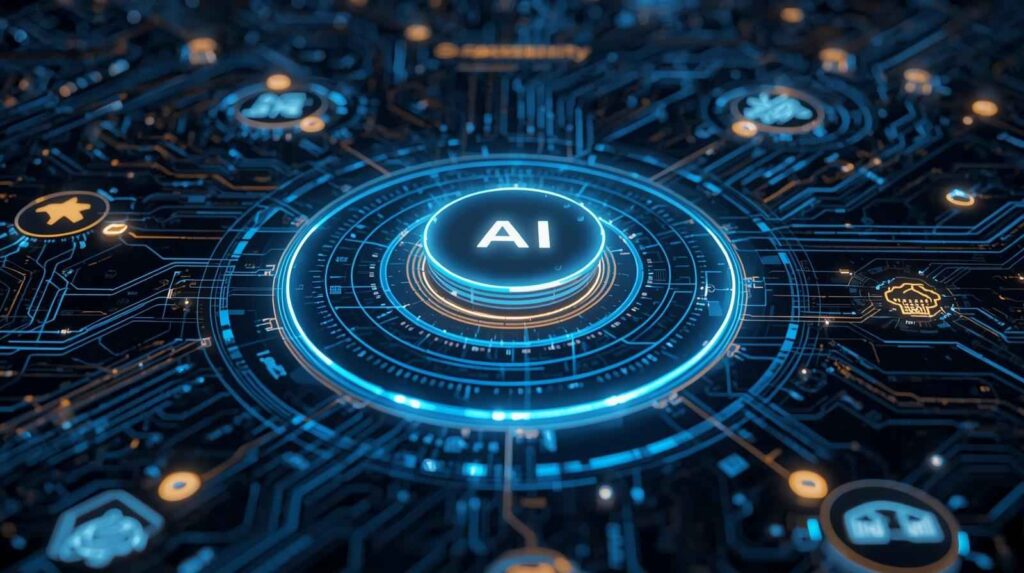
Practical Applications and Industry Use Cases
Healthcare
Hospitals use AK Technology to interpret patient data contextually, not just statistically. For instance, it can cross-analyze genetic data with medical history to suggest more accurate diagnoses.
Finance
Banks deploy it for risk modeling that adjusts in real time based on market sentiment , something traditional models can’t match.
Manufacturing
Smart factories integrate AK Technology into their production systems, allowing machines to self-adjust and prevent downtime before it happens.
Education
AK-powered learning platforms adapt to individual student behavior, ensuring lessons evolve based on comprehension speed and interest patterns.
Retail
E-commerce systems leverage AK-based recommendations that understand why customers buy, not just what they buy.

Real-World Impact
AK Technology isn’t just theory. Companies adopting it report up to 40% higher decision accuracy, 30% less operational cost, and significant boosts in user engagement. Its explainable AI structure also makes it compliant with modern ethical AI standards , something critical in industries like healthcare and finance.
In my own experience, the most impressive aspect is its scalability. You can start small , say, using AK algorithms in data sorting , and scale to enterprise-level decision automation without rebuilding the core model. That’s efficiency at its best.

Challenges and Ethical Considerations
Every innovation faces challenges. AK Technology’s biggest hurdle is knowledge bias , the system learns from existing data and logic, which may reflect human bias. Maintaining transparency in how decisions are made is vital.
Another concern is data privacy. Since AK systems rely on context, they often access sensitive behavioral data. Developers must ensure compliance with frameworks like GDPR and ethical AI standards.
Finally, there’s the issue of trust. Users need to understand why a system made a decision , explainability remains non-negotiable for mainstream adoption.
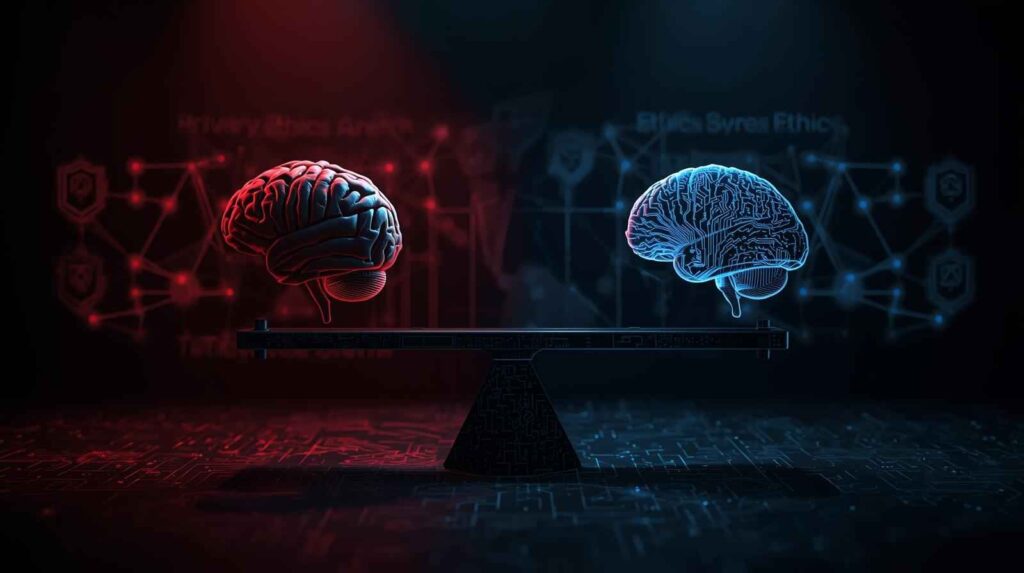
Lifestyle Synergy
Beyond business, AK Technology subtly impacts everyday life. From personalized digital assistants to adaptive healthcare apps, it powers much of what feels “smart” today. Even streaming platforms using AK-based algorithms adjust content recommendations dynamically , a quiet but powerful influence on digital lifestyle.
As it continues to evolve, AK Technology could soon become part of our cognitive ecosystem , not just a tool but a digital extension of human understanding.

Frequently Asked Questions
1. What does AK Technology stand for?
AK Technology stands for Artificial Knowledge Technology, a system that blends artificial intelligence with structured human knowledge for contextual learning and decision-making.
2. How does AK Technology differ from traditional AI?
Traditional AI focuses on data-driven prediction, while AK Technology combines prediction with knowledge reasoning, making it capable of understanding why something happens.
3. What industries benefit most from AK Technology?
Healthcare, finance, manufacturing, education, and retail are among the top sectors leveraging AK Technology for efficiency, automation, and better analytics.
4. Is AK Technology safe and ethical?
Yes , when designed responsibly. Modern frameworks ensure transparency, bias mitigation, and user data protection. Ethical AI principles are embedded into AK-based systems.
5. Can small businesses use AK Technology?
Absolutely. Scalable AK platforms allow startups and SMEs to implement knowledge-based automation affordably, especially in CRM, content management, and data analytics.
6. What’s the future of AK Technology?
Experts predict integration with quantum AI, edge computing, and semantic web technologies , enabling smarter, faster, and more transparent systems.

Tips Before and After Implementation
Before:
- Audit your existing data and rule systems.
- Identify where human logic still dominates decision-making.
- Ensure cross-departmental knowledge sharing for training AK models.
After:
- Regularly retrain the knowledge base with updated insights.
- Track bias and accuracy metrics.
- Keep human oversight active for complex decisions.

Conclusion
AK Technology isn’t just a step forward; it’s a quantum shift in how machines learn and apply meaning. By merging artificial intelligence with structured knowledge, it bridges the long-standing gap between automation and reasoning.
Its semantic depth, contextual adaptability, and human-like interpretive power make it one of the most promising technological frameworks of the decade. From smarter healthcare analytics to transparent financial modeling, AK Technology shows that intelligence isn’t just about computation , it’s about comprehension.
In my view, the next few years will separate systems that simply automate from those that truly understand , and AK Technology is firmly in the latter group.
If innovation had a soul, AK Technology might be it.
